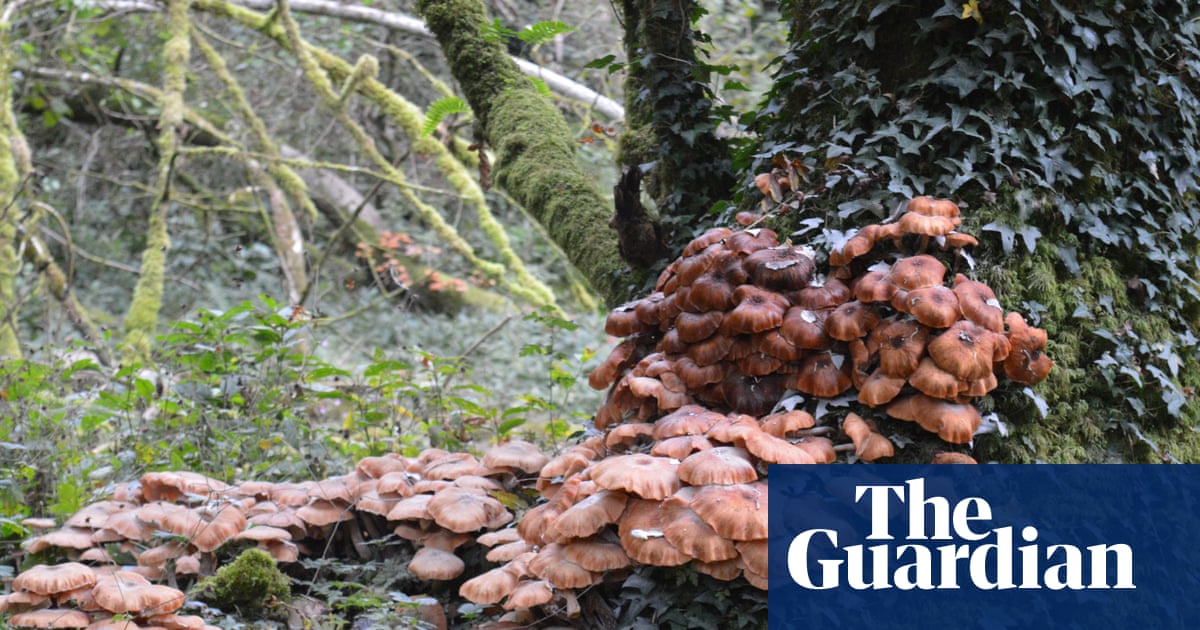
"Dr Daniel Henk, a mycologist at the University of Bath, said the mycelium was underground or in the wood doing the hard work of finding nutrients, fending off competitors, growing, and staying around long term. Honey fungus can also form root-like black ropes called rhizomorphs. They form these physically tough conduits for transport and mass movement within a mycelial network- they're like super-highways, Henk said."
"She said the damage was caused by Armillaria mellea, which kills off the water-conducting tissue in roots, preventing plants from taking up water so they die back above ground. Drakulic said that although healthy plants could be affected, they had ways of walling off infection, so it was far more likely to cause problems to plants that are already stressed."
Recorded sightings of honey fungus in the UK rose by almost 200% compared with the previous year, with hot summer and damp autumn conditions linked to the surge. Armillaria is a group of related fungi that produce honey-brown clustered mushrooms while the main fungal body, the mycelium, lives in soil or wood. The fungus can form tough, root-like rhizomorphs that transport nutrients and allow aggressive invasion of tree roots and bark. Armillaria mellea kills water-conducting root tissue, causing above-ground dieback, and disproportionately harms plants already stressed by drought or other factors.
Read at www.theguardian.com
Unable to calculate read time
Collection
[
|
...
]